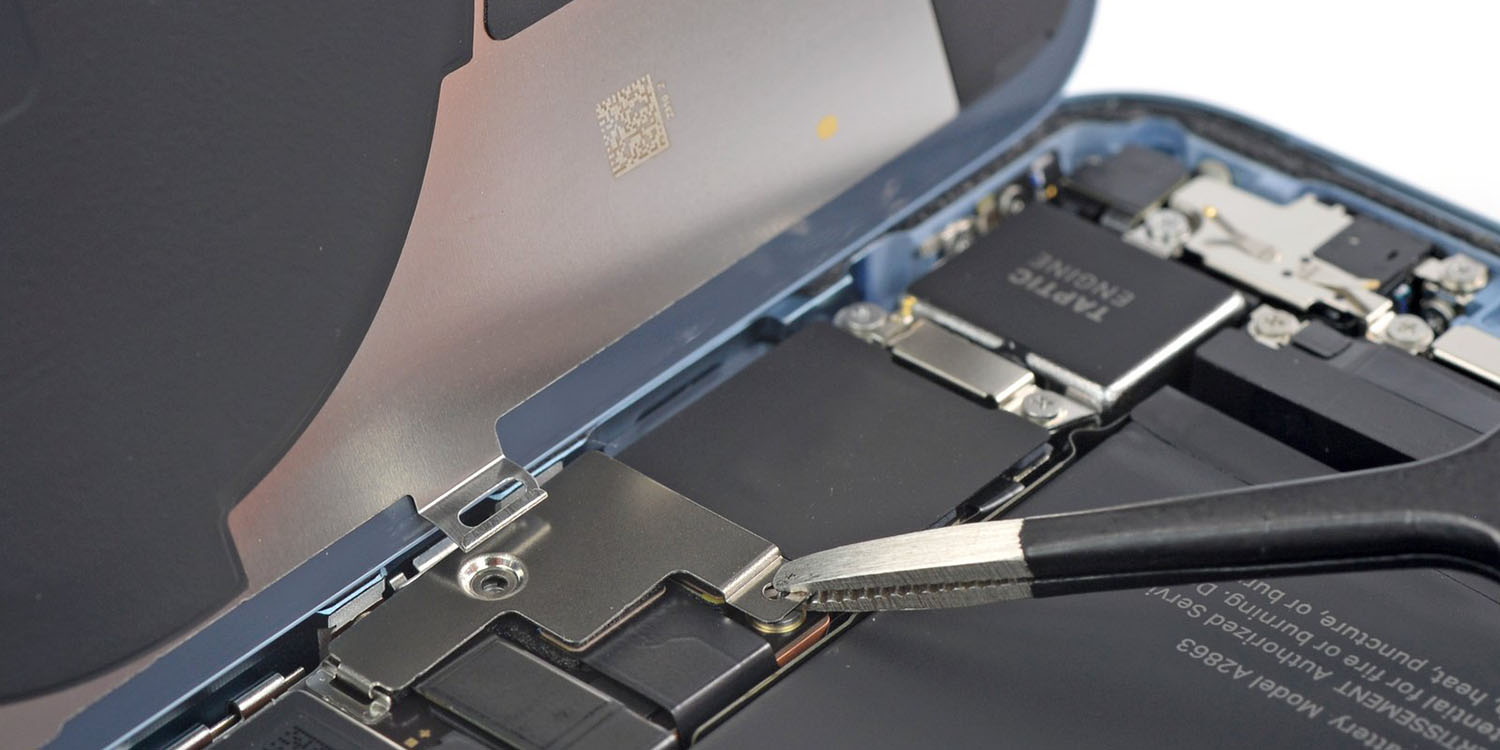
We reported a couple of days ago that a planned new European law could force Apple to make iPhone battery replacement an easier process. The law would also apply to other tech products made by the Cupertino company – indeed, it might apply to all of them.
We noted at the time the lack of any clear definition or guidelines, and a new piece today shows just how many questions the new law could raise …
A former iFixit employee writing in Arstechnica notes that the term “readily replaceable” is never clearly defined, despite a full 129 pages of text!
First, how “readily” someone can replace a smartphone battery depends a lot on how experienced or dextrous you are.
Almost all smartphones require significant heat to soften the adhesive that holds either their front display or rear cover onto their frame. Once softened, you must typically pry and slice at the adhesive while taking care not to nick any cables or fragile camera components inside. Samsung, notably, presumes that damage is so likely during repair that it sells the screen and battery as a single unit, then it has you transfer your phone’s guts into that new shell.
If you’ve done that kind of work a few times and have a good manual, it’s not too challenging. If you haven’t, you, your nerves, or your too-strong force can damage something.
The EU says that it must be possible to replace batteries without the need for “professional tools” – but what does this mean?
Are an iFixit heating tube, guitar pick, and spudger professional tools?
Then there’s the requirement to be able to complete iPhone battery replacement without affecting the “functioning or performance” of the device.
If you succeed, you have still damaged the factory glue and pressure seal that provides much of the phone’s water resistance. Does that count as “affecting the functioning or the performance of that appliance,” per the regulation? What about when you replace the battery in an iPhone without using Apple’s own batteries and software tools? You lose your battery health readout and receive service warnings. Is that functioning, performance, both, or neither?
That’s before we get to Apple and other tech brands being required to sell replacement batteries at a “reasonable” price; how much is reasonable? Again, those 129 pages don’t tell us.
Much European Union legislation (actually, let’s amend that opening) is incredibly vague when it comes to defining terms, and this is clearly no exception. This is why so many cases end up as class action lawsuits – so that a court can rule on whether or not a company has met its legal obligations.
Of course, there are at least four years yet to work on the language, but I wouldn’t hold your breath for clarity even then. We should, of course, expect Apple to state that it is already in compliance.
Photo: iFixit
FTC: We use income earning auto affiliate links. More.



Comments